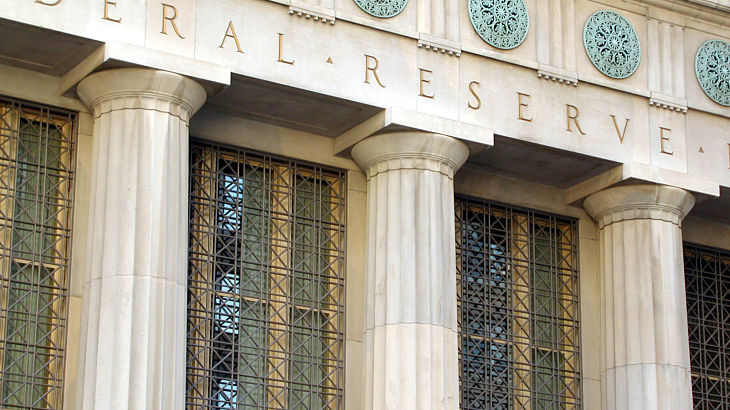On Wednesday, the Federal Reserve raised interest rates by 25 basis points, the U.S. central banks first interest rate increase this year and just its second over the past decade.
As was the case following its December 2015 rate hike, the Fed is targeting more increases next year, perhaps as many as three.
Of course, it remains to be seen whether or not the Fed will proceed with multiple rate hikes next year, but even if that does happen, investors do not need to throw in the towel on high-yield corporate bond exchange traded funds such as the iShares iBoxx $ High Yield Corporate Bond ETF (NYSEArca: HYG) and the SPDR Barclays High Yield Bond ETF (NYSEArca: JNK), the two largest high-yield corporate bond exchange traded funds by assets.
There are also high-yield ETFs that hedge the effects of rising interest rates. For example, the ProShares Investment Grade-Interest Rate Hedged ETF (BATS: IGHG) and ProShares High Yield Interest Rate Hedged ETF (BATS: HYHG) hold short positions in interest rate swaps to provide about a 0 year effective duration – duration is a measure of a bond fund’s sensitivity to changes in interest rates so a zero duration reflects no sensitivity to changes. Consequently, the zero-duration strategy should help an interest-rate-hedged ETF outperform its non-hedged fund options if rates continue to rise.
As its name implies, IGHG is an investment-grade fund. High-yield bonds can forge ahead even if rates climb several times in 2017.
